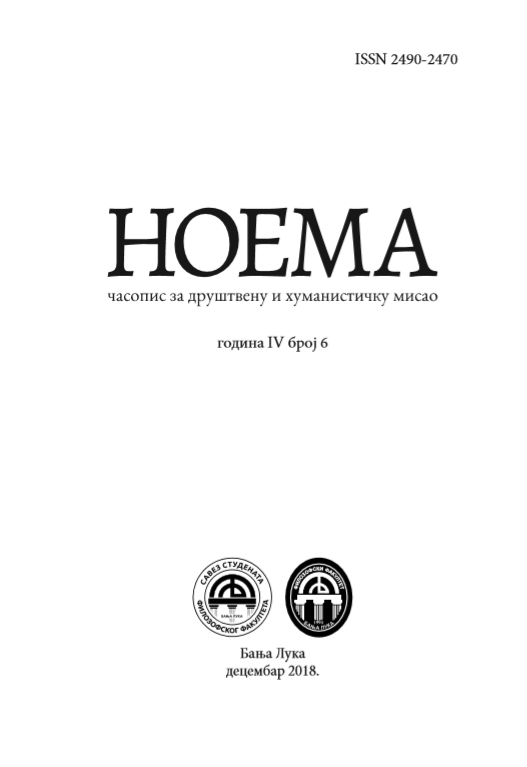Byzantine emperors’ diseases
Abstract
The aim of the paper is to research certain chapters about Byzantine Emperors’ diseases. The research process focuses on the interpretation of Chronographia and The Alexiad and implies an interdisciplinary analysis, regarding historical, philosophical and medical approach. Michael Psellos used his high-quality education for literary play in Chronographia, which is dominated by criticism and irony. In Psellos’ narrative the term disease has at least three meanings. First, it refers to physical illness, gout, bone pain, and epilepsy, where the author points to his superior knowledge of Byzantine medicine. The second meaning is personality characterization. Psellos disqualified the emperor through a detailed description of the disease, because he considered him unworthy of the imperial title. The last one refers to the disease of the Empire caused by bad reign of all emperors after Basil II (976-1025). Anna Comnena in The Alexiad gives a compositional course of the disease of Emperor Alexios I (1081-1118), who suffered from severe bone pain. Ana used the disease narrative in two aspects. The first is a detailed and realistic description of her father's disease, which is combined with grief and genuine concern, while the other is grief over her own destiny and the throne she never inherited.
Copyright (c) 2018 Milutin Pantić

This work is licensed under a Creative Commons Attribution-ShareAlike 4.0 International License.

